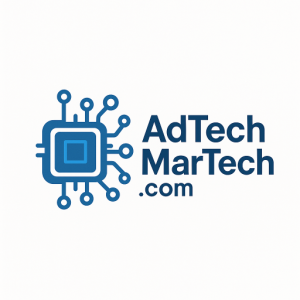In the ever-evolving landscape of digital marketing, programmatic advertising has emerged as a game-changing force. It represents a shift from traditional methods of ad buying to a more automated, data-driven approach. As brands strive to be more effective and efficient in reaching their target audiences, understanding programmatic advertising and its implications is crucial.
What is Programmatic Advertising?
Programmatic advertising refers to the automated process of buying and selling digital ad space. Utilizing sophisticated algorithms and real-time data, it allows advertisers to purchase digital advertising space in an efficient manner. Unlike traditional methods, where human negotiation and manual insertion orders dominate, programmatic advertising streamlines the entire process, making it faster, cheaper, and more effective.
Types of Programmatic Advertising
-
Real-Time Bidding (RTB): This is the most common form of programmatic advertising. Advertisers bid on individual ad impressions in real-time, allowing them to target specific audiences more accurately.
-
Programmatic Direct: This involves pre-negotiated deals between advertisers and publishers. It eliminates the bidding process but retains the automation that programmatic offers.
- Private Marketplace (PMP): A hybrid between RTB and direct buying, PMPs allow selected advertisers to bid on inventory, providing exclusivity while maintaining some level of auction dynamics.
The Impact of Programmatic Advertising on Digital Marketing
1. Enhanced Targeting Capabilities
One of the most significant advantages of programmatic advertising is its ability to target specific audiences with precision. By utilizing data analytics and consumer behavior insights, brands can segment their audiences and reach them at pivotal moments in their purchase journey. This level of targeting has become vital in a world where personalization is key.
2. Cost Efficiency
Programmatic advertising reduces the overhead costs associated with traditional ad buying. By automating the process, brands save on labor costs and can allocate their budgets more effectively. Real-time bidding ensures that advertisers only pay for ad impressions when their target audiences are most likely to engage.
3. Improved Transparency
Transparency has been a recurring issue in digital marketing. Programmatic advertising offers detailed reporting and analytics, allowing advertisers to see the performance of their campaigns in real-time. This level of insight fosters trust and enables brands to make informed decisions based on accurate data.
4. Agility and Flexibility
The digital landscape is rapidly changing, and the ability to adapt quickly is essential. Programmatic advertising allows brands to tweak their campaigns in real-time based on performance metrics. This agility means that if something isn’t working, adjustments can be made on-the-fly.
5. The Rise of Data-Driven Marketing
Data has become the cornerstone of effective marketing strategies. Programmatic advertising thrives on data collection and analysis, enabling brands to draw insights that inform their marketing strategies. The integration of artificial intelligence and machine learning within programmatic platforms allows for even greater optimization and predictive modeling.
Challenges and Considerations
While programmatic advertising presents numerous benefits, it’s not without challenges. Issues such as ad fraud, brand safety, and data privacy concerns can pose risks for brands. Advertisers must be diligent in their approach, ensuring they partner with reputable vendors and invest in technologies that protect their interests.
The Future of Programmatic Advertising
As we move further into the digital age, programmatic advertising is set to grow and evolve. The integration of emerging technologies, such as artificial intelligence and blockchain, will likely enhance the effectiveness and security of programmatic platforms. Moreover, as consumer behaviors continue to shift, the strategies around programmatic advertising will need to adapt accordingly.
Conclusion
Programmatic advertising is not just a trend; it is reshaping the digital marketing landscape in profound ways. By providing enhanced targeting capabilities, cost efficiency, transparency, and the ability to adapt quickly, it has positioned itself as a vital tool for modern marketers. As we look toward the future, embracing programmatic advertising will undoubtedly unlock new opportunities for brands striving to connect with consumers in the digital world. The future of digital marketing resides in the automation, data, and technology that programmatic advertising harnesses—making it an essential component of any successful marketing strategy.





